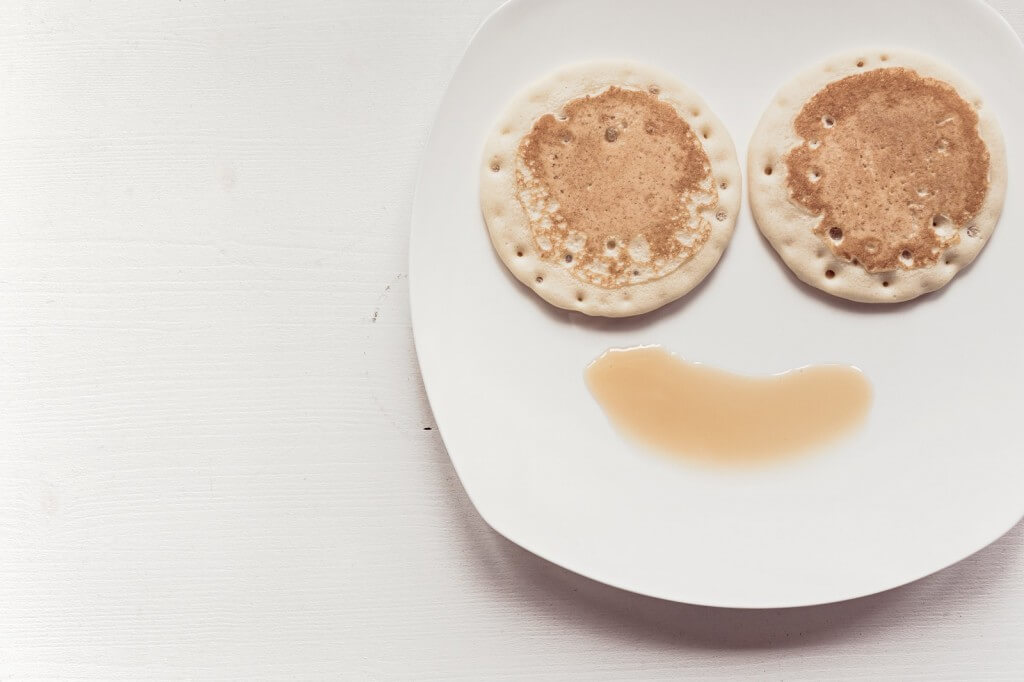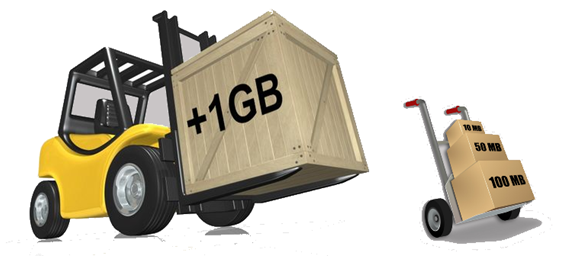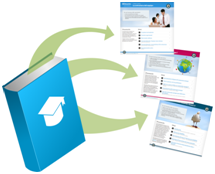Share
When creating e-learning content, the main factors we need to consider are the following:
- The platform/portal in which we are going to host it
- The ease of use for students and their engagement
- The relevance of content for learning
- The importance of the subject matter for the final user
- The assessment mechanisms provided to measure learning
- The average time required to perform it
However, there are other secondary factors to which we don’t pay enough attention: one of them is with no doubt the weight. So, put your e-learning content on a diet!
The weight is a characteristic of an e-learning content which directly affects the way in which content is going to be delivered to students, and it significantly influences user experience.
In the case of content to be delivered through an LMS, if your content weighs too much, the time required for the user to view it and the response time to interactions will be longer (the web browser will have to manipulate heavy elements).
The problem is even bigger if your content is going to be delivered through mobile devices by using m-learning systems. In this case, the weight is a fundamental element as it does not only affect content download times and performance, but it’s also affected by the limited storage space of these devices.
One of the trends we presented this year in our i-lovelearning event in Madrid was “Content Chunking”. “Content Chunking” is the technique of dividing content in smaller pieces (byte-sized), easily digestible and transferable. It’s the strategy our Netex learningCoffee format follows and it provides the following benefits:
Therefore, dividing our content is a good strategy to reduce its weight… but, what else can be done?
If you’re a Netex learningMaker user, you probably know our recommendations document for the use of multimedia resources. To summarise this document, and searching a general application to any authoring tool in the market, we’re going to list 5 tips to help you keep your content fit this summer:
- Choose carefully your images’ format
Use JPEG for photographic images, GIF for images with blocks of plain colours (e.g.: icons, cliparts…) and PNG for images with effects such as shines and shadows, or which require transparency. Although there are multiple programmes which can help you optimise the weight of your images, you can use the following values as a reference:
- For JPEG format images:
| Property | Recommended value |
| Quality | High (70%) |
| Resolution | 72 PPI |
- For GIF format images:
| Property | Recommended value |
| Colours | 256 or less |
| Palette | Web |
- For PNG format images:
| Property | Recommended value |
| Depth | 24 bits |
| Resolution | 72 PPI |
With these configurations you should get background images of less than 10 KB, and main images of less than 100 KB.
- Use MP4 format for your videos
If your content includes video, use MP4 format for working with just one file on different devices. The following configuration works well:
| Property | Recommended value |
| Codec | H.264 (x264) |
| H.264 Profile | Baseline |
| H.264 Level | 3.1 |
| Bitrate Video | 1 Mb/s |
| Bitrate Audio | Mono (if there is only one voice) / Stereo (if there is music and/or several voices) |
With this configuration, each minute of video of your content should not exceed 8 MB.
- Adapt images and videos’ sizes to the spaces in which they are going to be displayed
Do not use videos or images bigger than the spaces they are going to take up in the screen. The user will not see your content better and its weight will increase unnecessarily.
- Use MP3 format for your audios
If your content includes audio, use MP3 format for working with just one file. The following configuration is usually the most appropriate:
| Property | Recommended value |
| Bitrate | 128 |
| Codec | MP3 |
| Codec Profile | VBR (Variable Bit Rate) |
| Encoding | lossy |
| Channels | 2 (Stereo) if there is music or several voices / 1 (Mono) if there is only once voice |
| Sample Rate | 44100 khz |
| Bit Float | 16-bit |
With this configuration, each minute of audio should not exceed 1 MB.
- Use PDF format for your additional documents
If your content includes downloadable or additional reading documents, use PDF format and you will not need to include the same document in different formats. PDF documents should be created with a resolution not higher than 72 PPI, which will allow a perfectly visualization on screen with an optimised weight. In fact, the average weight per page of your PDF documents should not exceed 50 KB when using this resolution.
Following these 5 simple recommendations, you’ll be able to make your content look its best for your users, encouraging its distribution, access, use, and performance.
References:
- Research: 7 Factors That Make eLearning Successful
- 4 tips for Content Chunking in e-Learning
- Netex learningMaker – Crea tus propios contenidos e-learning
- Netex learningCoffee – Formación amena, directa y fresca
Share



